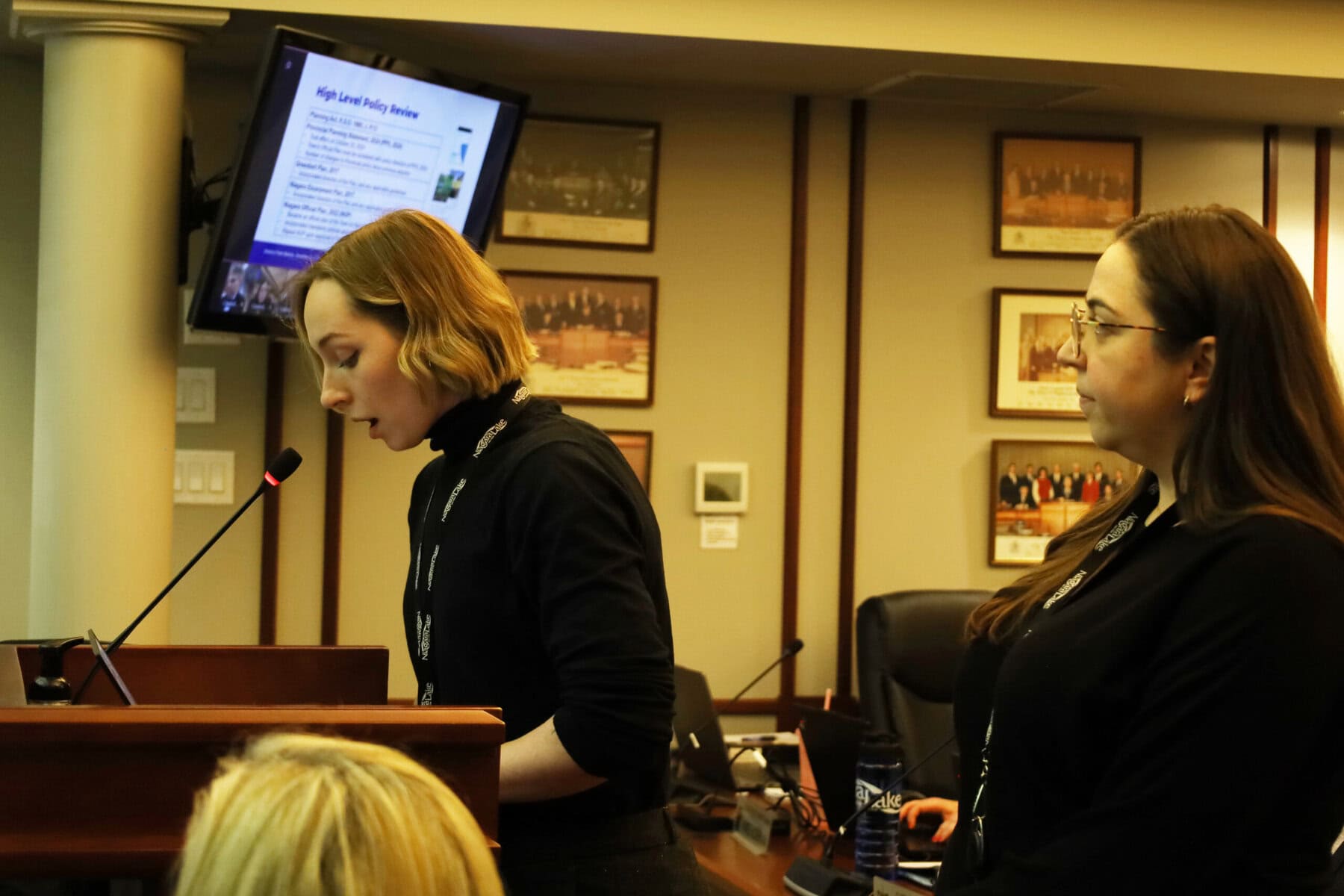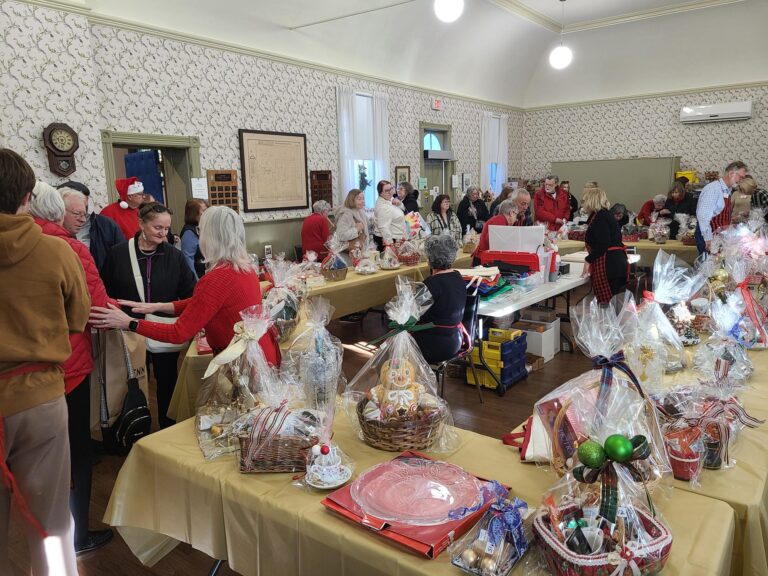Niagara-on-the-Lake’s long-awaited official plan inched forward Tuesday night, as councillors laid out their final concerns at a committee of the whole planning meeting — before the document comes back for approval in February.
It’s the town’s largest planning document, shaping where homes, businesses and farms go, how heritage areas are protected and how growth is managed. Council voted unanimously to receive the latest draft.
It will go to the province for approval after council receives the final version early next year. The Minister of Municipal Affairs and Housing makes the final decision.
Staff told council it spent the past month gathering more feedback, speaking with the province and meeting with local groups and residents. It said all comments from the fall will help shape the final draft.
Much of the discussion centred on a familiar question: how does NOTL grow without losing what makes it NOTL?
Resident and Niagara-on-the-Lake Conservancy president Gracia Janes told council the draft shows a strong intent to protect heritage and farmland, but urged the town to restore firmer protections in sensitive areas such as the dock area and Chautauqua.
The objective, she said, is to prohibit commercial uses in the plan’s heritage conservation district and for the plan to make sure denser development doesn’t impact the town’s “heritage resources.”
Janes added that “much stronger protective planning language” is needed to guard against future pressures.
Coun. Sandra O’Connor said the plan should be clearer about where development should not go, especially in heritage areas and places valued for their natural environment.
She said protecting specialty crop land must remain a priority and pushed to keep long-standing rules for wineries, including minimum vineyard sizes and the amount of land that must stay in grape production.
She warned the town could lose farmland if those rules are weakened.
“We should maintain that minimum requirement; otherwise, we are not protecting our agricultural system,” said O’Connor.
Coun. Erwin Wiens raised similar concerns about farmland protection.
He questioned a policy shift that replaces the former requirement for wineries to keep 75 per cent of their land in grape production with a softer “majority” standard — which could mean just over half — worrying it weakens protection for specialty crop land.
“We have a fair amount of wineries and I’m always more for more competition, but I want to make sure that we’re not opening it up,” he said.
He pointed to Stone Eagle Winery as an example of a large winery built within the current rules.
“I’d like you to take that back, because it should be a good reason why we’d use not more than 75 per cent of our good ground,” he said to staff.
Wiens also repeated his long-standing push for expanding municipal water access in rural areas and said it supports food safety and avoids reliance on wells and cisterns.
Staff said it would take the concerns from councillors back for review.
Coun. Gary Burroughs asked staff to clarify what it means when public comments are marked only as “received.”
The director of community and development services, Kirsten McCauley, said, “If it is something that was, I guess we looked at it, it was received.”
“Sometimes we can’t update it (or) it’s not appropriate for staff to make that recommendation,” she added. “So we’ve received it. We consider it.”
Burroughs also said he’s concerned about approved-but-not-built developments and how they fit into the town’s housing expectations.
“There’s up to 10,000 people (who) are going to live in Glendale, judging by what has been told,” he said. “I don’t understand how it fits our community.”
McCauley said staff will track approvals and construction progress, recommending any necessary adjustments to developments “to try and ensure that we’re meeting targets, encouraging development to occur where there are approvals and working through that process.”
Coun. Wendy Cheropita said flexibility is still important for wineries, distilleries and breweries “to be able to be more competitive and sustainable” and because they need room to adapt to changing markets.
“All distilleries use tender fruit,” she said. “They’re using the agricultural products that are on the land that they’re on, so I think some of these policies you wouldn’t want to change without actually talking to the industry.”
Coun. Adriana Vizzari questioned why the plan does not identify school areas as “critical safety zones.” She said mapping safe student travel routes should be a priority.
McCauley said staff can look at adding that policy and it could also be incorporated into the transportation planning work already underway. Then, “coordinated within the official plan.”
Staff will now refine the plan before bringing a final version back to council in February. If adopted, the document will go to the province for approval — marking the final step in shaping how NOTL grows in the years ahead.








